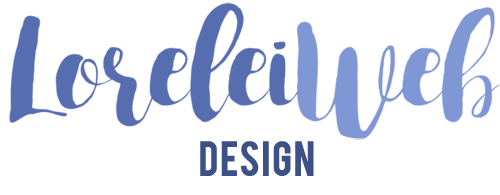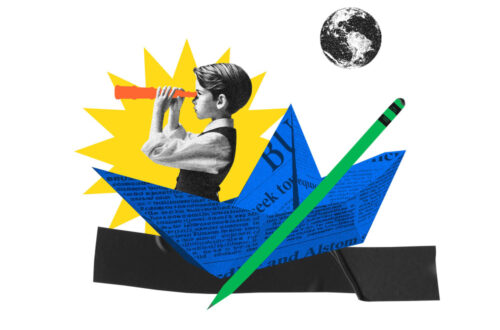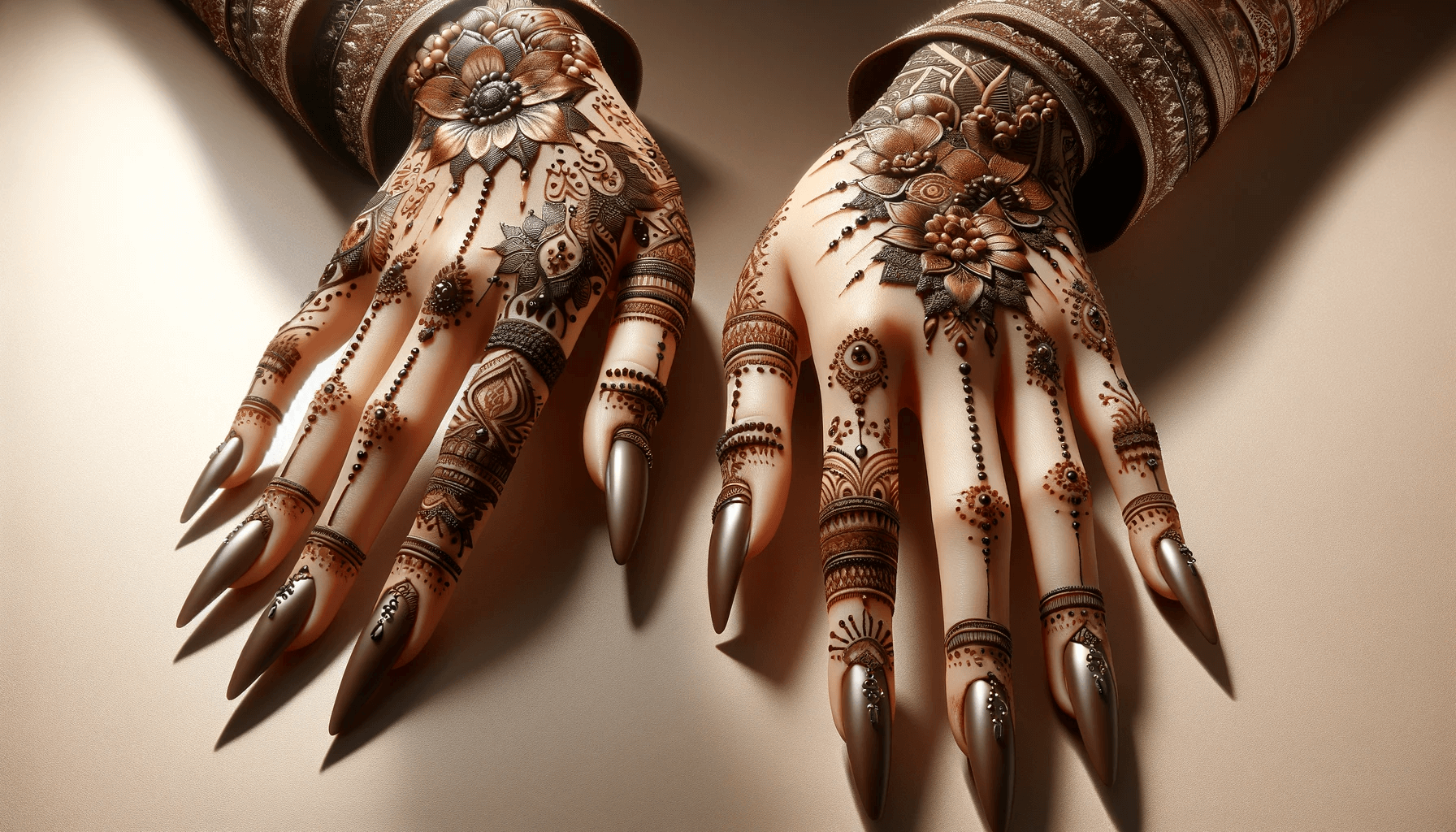Are you ready to take your publication design skills to the next level? This comprehensive guide has got you covered. From print to digital layouts, we will explore the various aspects of creating stunning publications that captivate your audience.
Whether you’re a graphic design novice or an experienced designer, our guide will provide you with all the tools you need to create visually appealing publications that communicate your message effectively.
Key Takeaways:
- Publication design involves graphic design, layout design, editorial design, magazine design, book design, brochure design, catalog design, and typography design.
- Understanding the fundamental principles of publication design is crucial.
- Print publication design involves editorial design, book design, brochure design, and magazine design.
- Digital publication design involves creating engaging layouts that adapt seamlessly to different devices and screens.
- Typography plays a significant role in publication design.
Understanding Publication Design
Okay, buckle up because we’re about to dive into the exciting world of publication design! To truly understand publication design, you must first understand the importance of graphic design and layout design. It’s like trying to make a cake without flour and sugar – it just won’t work.
Graphic design is the foundation of publication design. It involves the use of visual elements to communicate a message effectively. This includes everything from selecting the right colors to choosing the perfect images that complement your content.
Layout design, on the other hand, is all about arranging the content in a way that not only looks good but is also easy to read and navigate. Think of it as the map to your content – a well-designed layout will guide your readers smoothly through your publication.
So, if you want to create stunning publications that captivate your audience, you need to master both graphic design and layout design. Don’t worry; this guide has got you covered. Keep reading!
Print Publication Design
Hold onto your printer cartridges, because we’re about to dive into the world of print publication design. From magazines to books to brochures, print design requires attention to detail and a keen eye for editorial design.
At its core, editorial design is about arranging content in a way that’s both visually appealing and easy to read. Selecting the right fonts, creating eye-catching layouts, and incorporating compelling images are just a few key elements that make up editorial design.
Magazines are a prime example of editorial design, with their mix of text, images, and white space. To achieve a polished and professional look, consider the overall theme and tone of your magazine, and select fonts and colors that reflect that. Use images strategically to break up blocks of text and keep readers engaged.
When it comes to book design, typography is crucial. Consider the font size, spacing, and alignment, and create a hierarchy of headings and subheadings to guide the reader through the content. Book covers are also an essential part of book design, so make sure it’s eye-catching and reflects the content inside.
Brochures are often used for marketing purposes, and their design should reflect that. A brochure should be visually appealing and easy to read, with a clear hierarchy that guides the reader through the content. Use high-quality images and incorporate whitespace to create a clean and polished look.
Overall, print publication design requires a balance between aesthetics and functionality. By paying attention to the details and incorporating key elements of editorial design, you can create stunning print publications that leave a lasting impression.
Digital Publication Design
Welcome to the world of digital publication design! With more people accessing information online than ever before, it’s essential to master the art of creating engaging digital publications.
Whether you’re designing an online magazine, an e-book, or an interactive brochure, effective layout design is key. Your layout should be visually appealing and easy to navigate, regardless of the device or screen size.
One key aspect of digital publication design is understanding the difference between print and digital layouts. While print layouts are fixed, digital layouts are flexible and need to adapt to different screen resolutions.
When designing for digital, it’s important to keep your audience in mind. What devices are they using to access your publication? What features or tools do they need to interact with your content?
To create engaging digital layouts, you need to have a solid understanding of layout design principles. Think about grid systems, white space, and typography. Use images and graphics strategically to add visual interest and reinforce your message.
In short, digital publication design requires a balance of creativity and usability. With a little bit of practice, you can create stunning digital publications that engage your audience and communicate your message effectively.
Typography in Publication Design
You might think typography is just about selecting a font, but it’s so much more than that. Typography is the art of arranging type to make written language legible, readable, and appealing when displayed. It’s what makes the difference between a publication that looks professional and one that looks like it was thrown together in Microsoft Word.
The typography design in publication design can make or break your publication’s readability. From selecting the right font to establishing a hierarchy between the different types of content, typography is the glue that holds your publication together.
When it comes to typography, legibility is king. Your audience should be able to read your content with ease, without straining their eyes. But legibility doesn’t have to come at the cost of aesthetics. Experiment with different font sizes and weights to achieve the perfect balance between legibility and appeal.
Another critical aspect of typography in publication design is hierarchy. By establishing a clear hierarchy in your publication, you can guide your readers’ eyes to the most important content. Use larger fonts or bold styling for headlines and subheadings, and keep body text in smaller fonts.
Finally, don’t be afraid to get creative with typography in publication design. Experiment with different font pairings, and see how complementary fonts can enhance your publication’s aesthetic appeal. Just remember, as with anything in publication design, always keep your audience in mind.
So, whether you’re designing for print or digital platforms, don’t underestimate the power of typography in publication design. With the right typography design, you can take your publication to the next level and make it stand out from the crowd.
Final Thoughts: Mastering Publication Design
Congratulations! You’ve made it to the end of this comprehensive guide to publication design. By now, you should have a solid foundation in the world of publication design, whether it’s for print or digital platforms.
Remember, graphic design and effective layout design are the keys to creating visually appealing publications that communicate your message flawlessly. With your newfound knowledge of editorial design, magazine design, book design, brochure design, and digital publication design, you’re well on your way to creating stunning publications that captivate your audience.
But don’t forget about the importance of typography in publication design. As you explore the art of selecting fonts, arranging text, and creating visually appealing typography layouts, remember to strike the right balance between legibility and aesthetics.
So go forth, embrace your creativity, and impress your audience with your stunning publications. With your newfound knowledge of publication design, you’re sure to leave a lasting impression on your readers.
And who knows, maybe one day, you’ll be the one writing the next ultimate guide to publication design. Keep learning, keep creating, and keep pushing the boundaries of graphic design, layout design, and editorial design. The world of publication design is yours for the taking.




